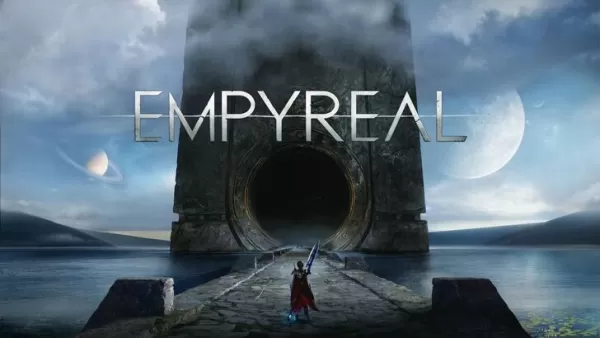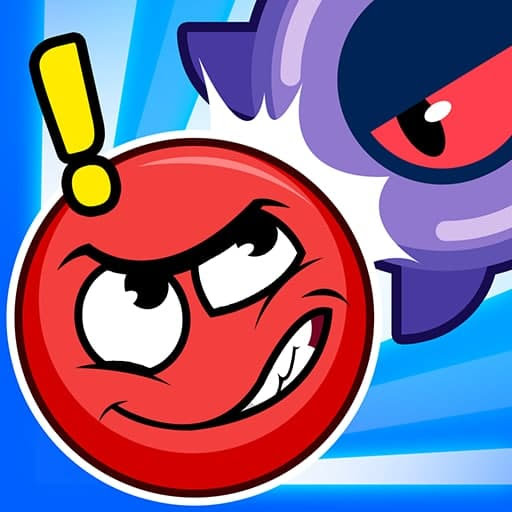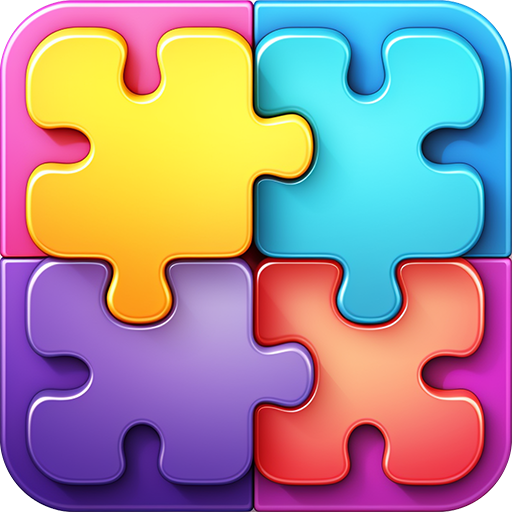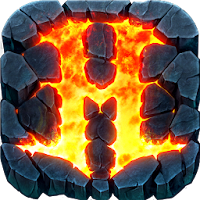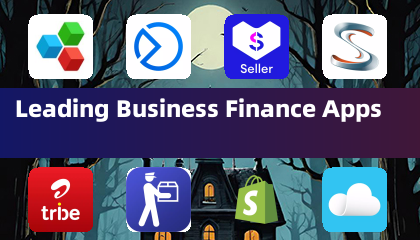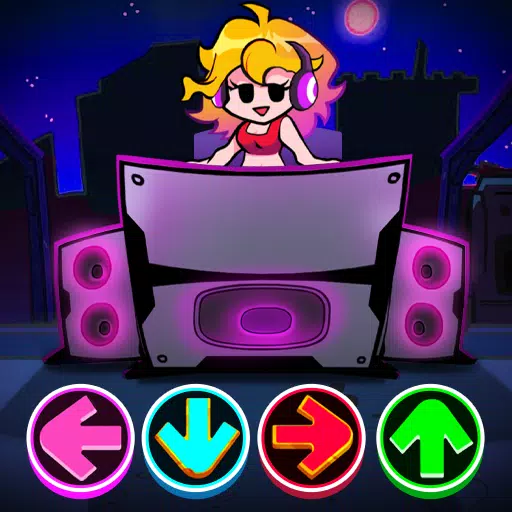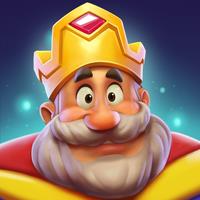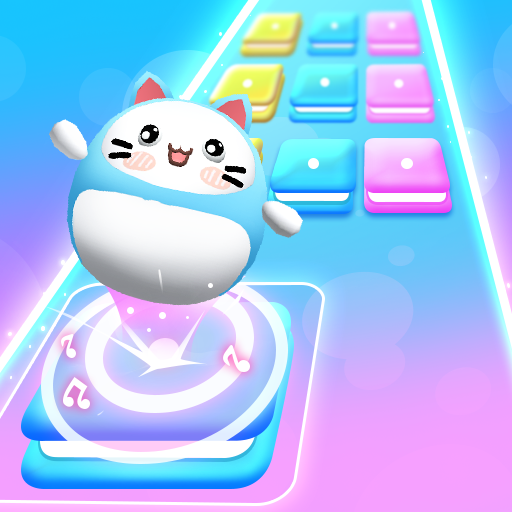Ask most gamers who were around for the Xbox 360 era, and despite the infamous Red Ring of Death, you'll find a wealth of cherished memories. Among those, The Elder Scrolls IV: Oblivion stands out vividly for many Xbox 360 owners, including myself. During my tenure at Official Xbox Magazine, while The Elder Scrolls III: Morrowind on Xbox didn't quite capture my attention, Oblivion—initially slated as a launch title for the next Xbox—did so from the very beginning. The anticipation was palpable, and I eagerly participated in multiple cover stories, mesmerized by the stunning screenshots. Each trip to Bethesda's headquarters in Rockville, Maryland, was an adventure in itself.
When the time came to review Oblivion, I jumped at the chance to return to Rockville. For four consecutive days, I immersed myself in a conference room in Bethesda's basement, dedicating 11-hour sessions to exploring the breathtaking world of Cyrodiil. By the time I headed home, I had logged 44 hours in the game before writing OXM's 9.5 out of 10 review, a rating I stand by to this day. Oblivion was a masterpiece, filled with compelling quests like the Dark Brotherhood, hidden gems like the unicorn, and so much more. Playing on a submission build at Bethesda meant starting over when I got the retail version, but it was a journey I was more than willing to repeat.
The Elder Scrolls IV: Oblivion Remastered Screenshots
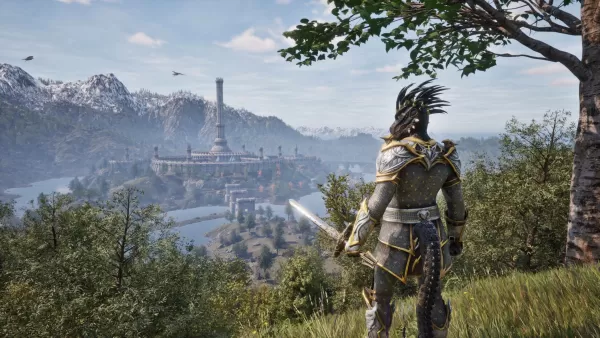
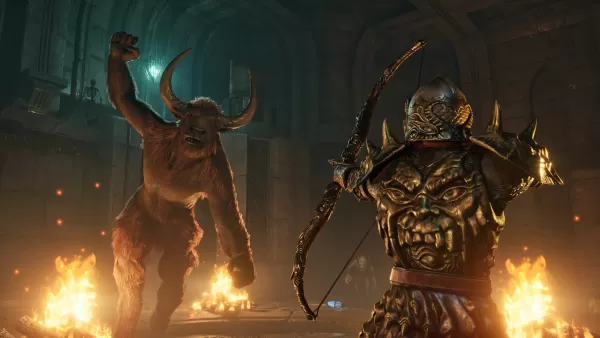 View 6 Images
View 6 Images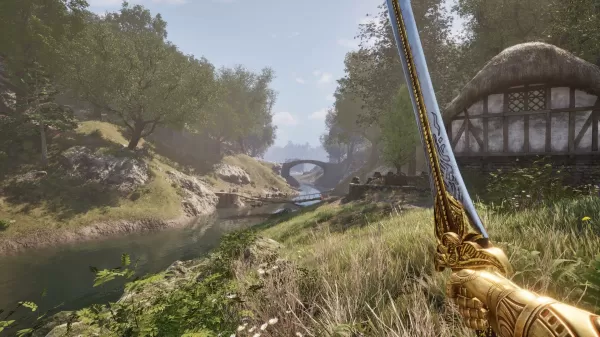
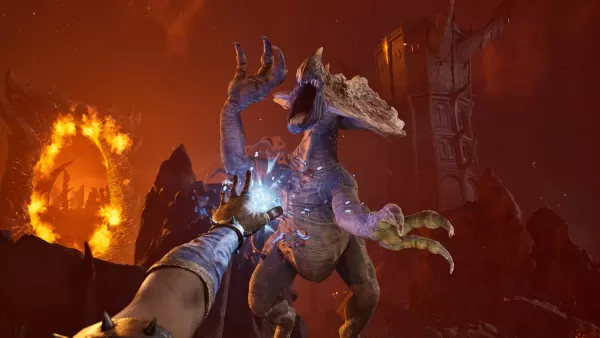
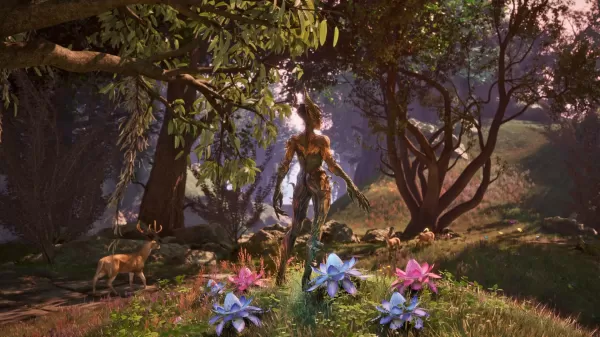
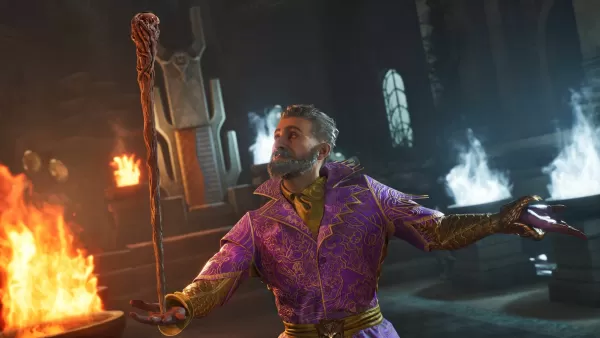 I eagerly poured another 130 hours into The Elder Scrolls IV: Oblivion, so it's no surprise that I'm thrilled about its remastered and re-released version on modern platforms.
I eagerly poured another 130 hours into The Elder Scrolls IV: Oblivion, so it's no surprise that I'm thrilled about its remastered and re-released version on modern platforms.
For the younger generation who grew up with Skyrim, the newly released The Elder Scrolls IV: Oblivion Remastered marks their first "new" mainline Elder Scrolls game since Skyrim debuted over 13 years ago. I'm envious of these gamers because, while they wait for The Elder Scrolls VI—which is likely still 4-5 years away—they get to experience Oblivion anew.
However, I must admit, *Oblivion* may not resonate with them the same way it did for me back in March 2006. It's a two-decade-old game, and while Bethesda's timing for the remaster is commendable, it's not quite the visual marvel it was when it first launched. Subsequent games, including *Fallout 3*, *Skyrim*, *Fallout 4*, and *Starfield*, have built upon *Oblivion*'s foundation. Moreover, the remaster, while improved, doesn't have the same groundbreaking impact it had in 2006, when it set the standard for next-gen HD gaming. Remasters aim to refresh older games for current platforms, unlike full remakes, such as *Resident Evil*, which are built from the ground up to compete with contemporary titles. AnswerSee Results*The Elder Scrolls IV: Oblivion* was a game that came at the perfect moment, fully utilizing the potential of HD televisions and expanding the scope of open-world gaming. It was a revelation for console gamers accustomed to lower-resolution displays. (Though, it's worth mentioning that just a month before *Oblivion*'s release, *Fight Night Round 3* by EA also dazzled with its stunning visuals.) My memories of *Oblivion* are abundant, fueled by the game's vast world full of discoveries and activities. For those experiencing *Oblivion* for the first time, I recommend either rushing through the main quest or saving it until you've explored all side quests and open-world activities. The reason? Once you embark on the main quest, Oblivion gates start spawning, which can become quite bothersome.The leap from Morrowind to Oblivion was monumental, and while such a leap might not occur again, The Elder Scrolls VI could bring surprises if we're patient enough. Yet, playing Oblivion Remastered won't feel as jarringly different from Skyrim as the original did. Still, whether you're a first-timer or a veteran, Oblivion's fully realized medieval fantasy world, brimming with surprises and adventures, remains my favorite in the Elder Scrolls series. I'm thrilled it's back, even if its re-release was anticipated long before it finally arrived.

